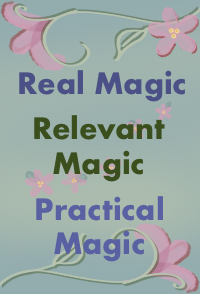Want to thrive joyfully,
grow spiritually,
and serve your tribe?
Welcome!
Find real magic,
relevant magic,
practical magic below:
Updated 2025

















